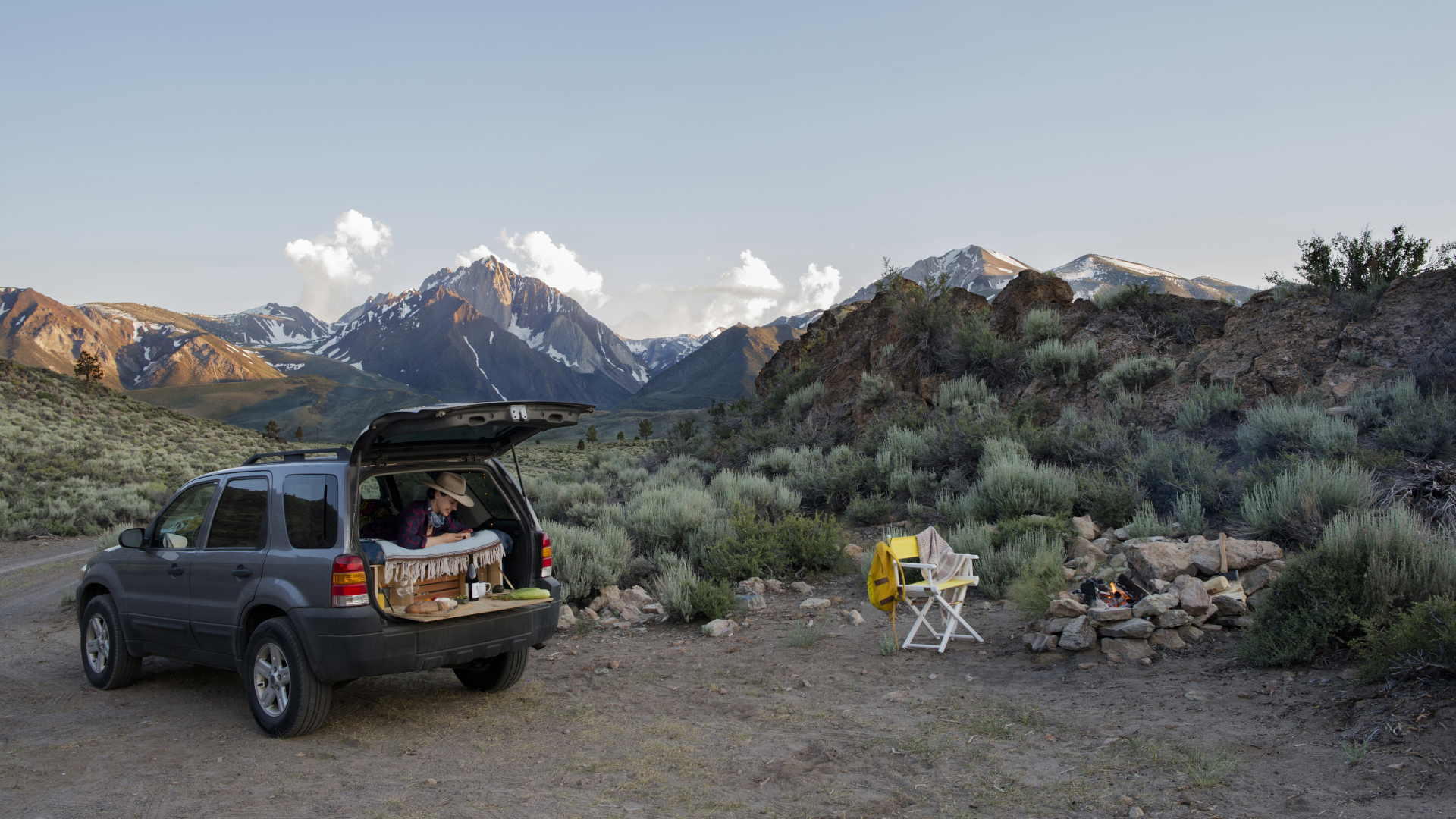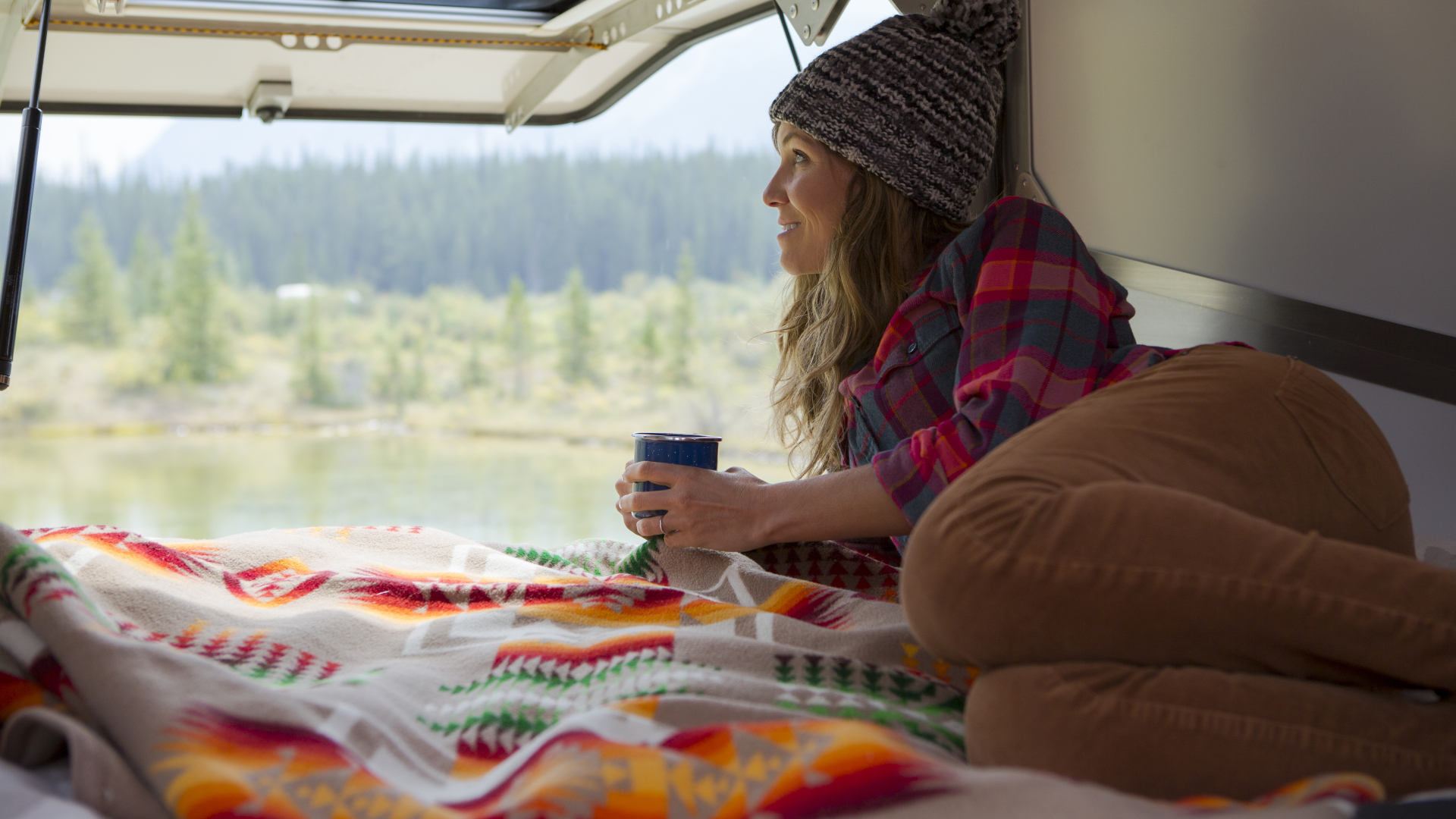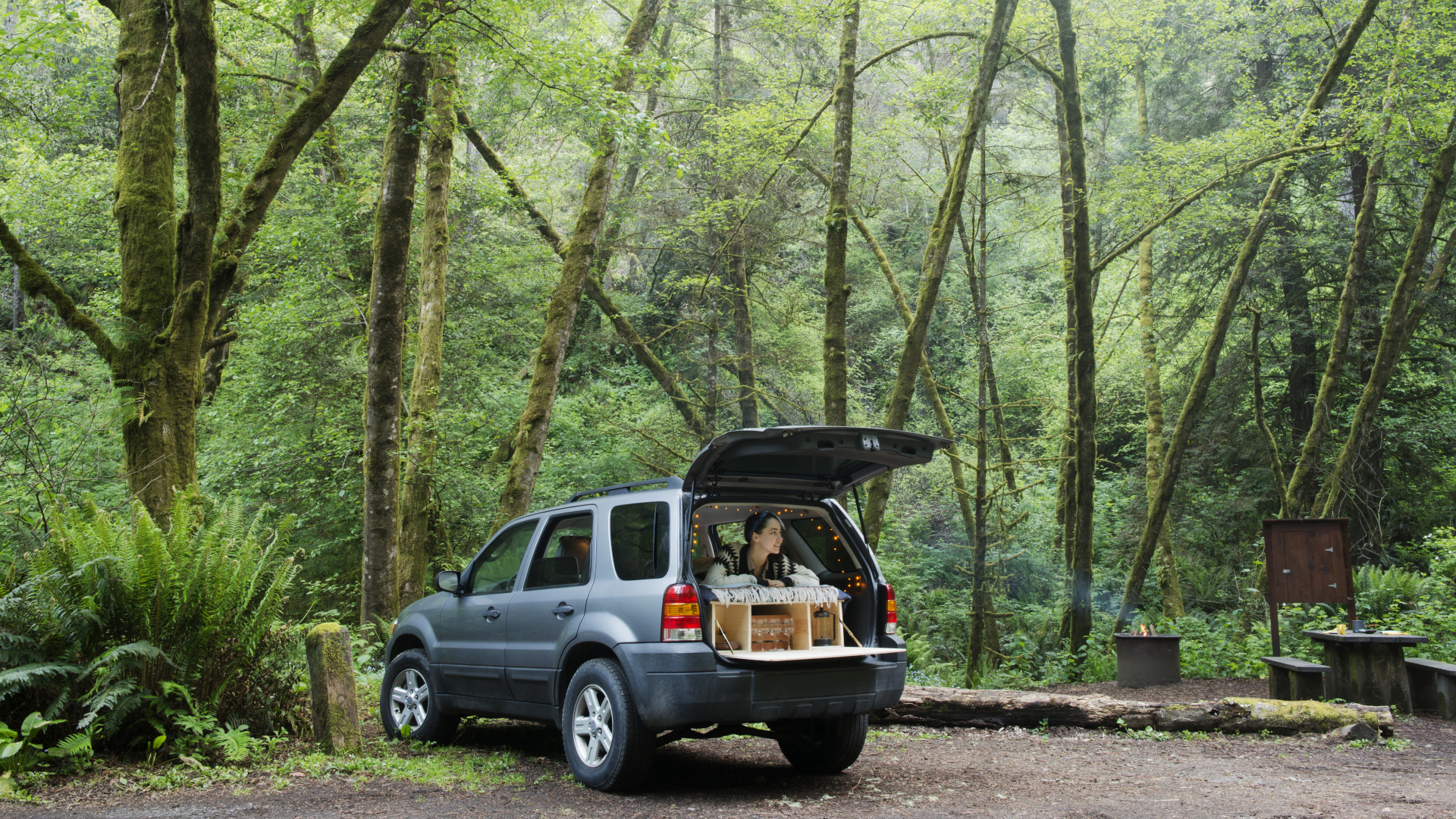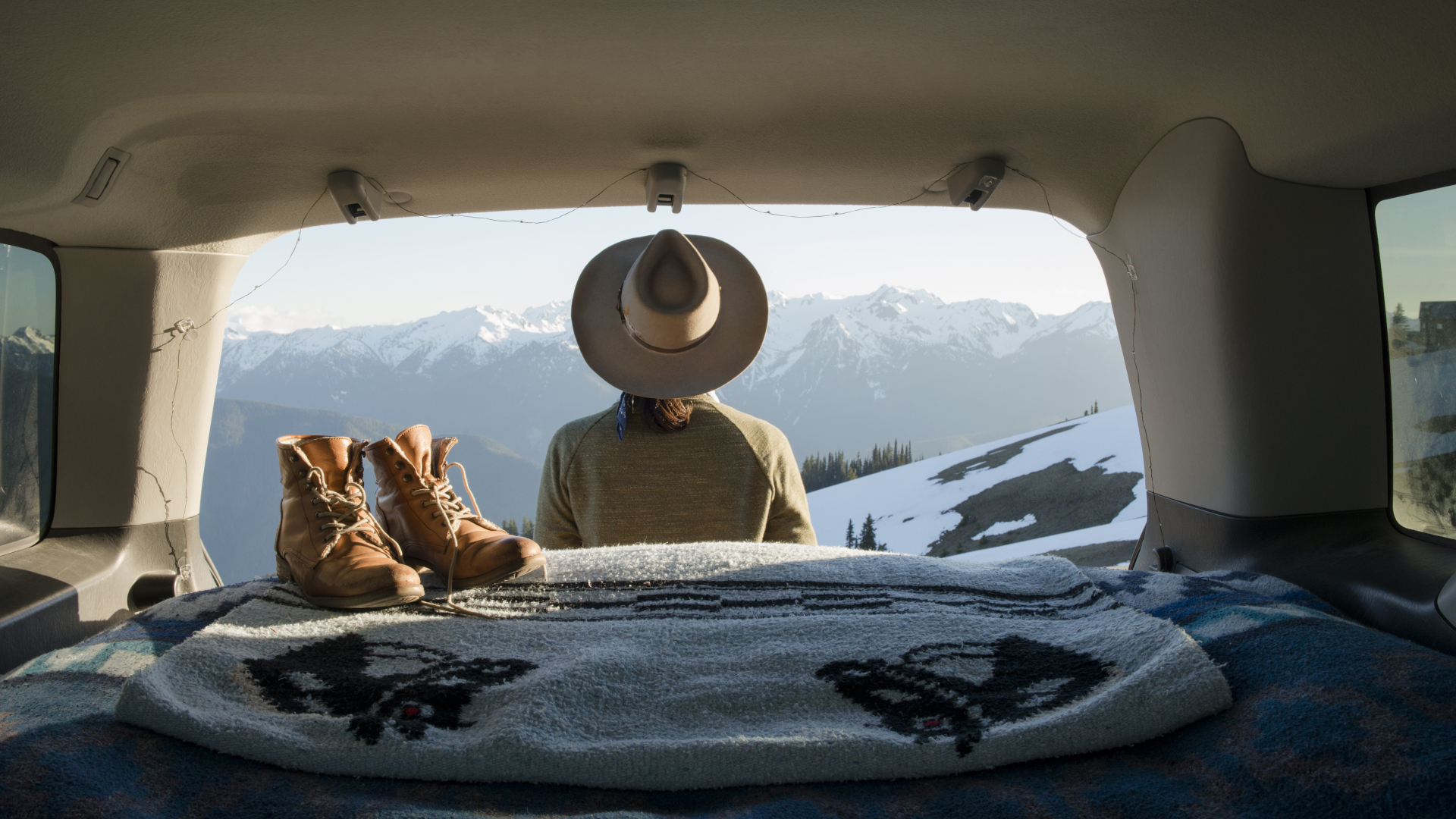How to camp in your car: 6 tips for camping on wheels
Our six tips for how to camp in your car cover how to make enough room to stretch out, what to do with all your gear while you’re sleeping and how not to drain your battery

It may not be as Instagram-worthy as sleeping in a VW camper van, but camping in your car can be a comfortable, cheap and easy option whether you’re on a road trip or just want to catch a few hours of kip at the trailhead before setting out on a big early hike without having to deal with camp breakdown. But how exactly do you go about camping in your car? Our six tips for how to camp in your car cover how to make enough room to stretch out, what to do with all your gear while you’re sleeping and how not to drain your car battery.
There are some advantages to camping in your car: it’s weatherproof and provides a bit of safety from imposing wildlife, plus you can leave your tent at home and use your cigarette light for charging your phone and other cool gear like camping coffee makers and kettles.
We recommend you read through this article then try it all out with your car parked in your driveway to make sure it all works to your liking before you set off.

1. Pack your gear in storage bins
If your vehicle is also your bed, you’re going to be moving your gear around a lot more than usual, so you can make life easier by picking up a couple of storage bins. These can neatly stow all your gear such as your best sleeping bag or quilts, camping pillow, sleeping pad, and camping stove plus they double as seats when you’re eating dinner and you can use them to fill in gaps in your car when it’s time to lie down to sleep. More on that in a moment…
2. Push the front seats forward
Once you’ve found a flat spot to legally park, you can haul all of your gear out of your trunk, remove your parcel shelf and pull the back seats down flat. Chances are, this still won’t look like a ton of room for sleeping, even if you drive a station wagon, so next up, move the front seats as far forward as they’ll go.

3. Place the storage bins between the seats
Make your bed longer by putting your storage bins into the remaining gap between your back and front seats. Obviously you’ll want to pull out anything you need, but this will essentially make your bed area longer. You can slide your sleeping pads or air mattress all the way up to the front seats so they cover the bins and make it softer.
4. Use foam sleeping pads
Speaking of sleeping pads, it’s a good idea to use a foam sleeping pad (or two) to make your mattress, even if you plan to place an inflatable mattress or pad on top. Foam pads aren’t as packable, but that’s no issue when you have your car, and they’ll help even out the bumpy surface beneath you caused by seat belts and storage bins.
All the latest inspiration, tips and guides to help you plan your next Advnture!

5. Don’t run the engine while you’re sleeping
You might be tempted to run your AC if it’s a hot summer night, or your heat if it’s chilly, but it’s important for safety not to run your car engine while you’re sleeping as this can be dangerous, especially in older cars, and doesn’t do the environment much good either.
If it’s warm, bring a portable battery-powered fan and place it on the dashboard, crack the windows and open the trunk. If you are camping in warm weather where it’s buggy and you have your windows cracked, you can buy window bug screens for your car to cover the gaps and keep biting bugs at bay.
If it’s cold, make sure you’ve brought a suitable sleeping bag for zero degrees or less.
6. Bring your own light source
You might not think of using a headlamp or camping lantern for this type of camping, since you have those handy overhead lights in your car, but if you leave them on too long or it’s an older car, you can drain the battery and wake up with a whole new set of problems. Bring your own portable light source for reading at night and moving around outside your car after dark.
Julia Clarke is a staff writer for Advnture.com and the author of the book Restorative Yoga for Beginners. She loves to explore mountains on foot, bike, skis and belay and then recover on the the yoga mat. Julia graduated with a degree in journalism in 2004 and spent eight years working as a radio presenter in Kansas City, Vermont, Boston and New York City before discovering the joys of the Rocky Mountains. She then detoured west to Colorado and enjoyed 11 years teaching yoga in Vail before returning to her hometown of Glasgow, Scotland in 2020 to focus on family and writing.

